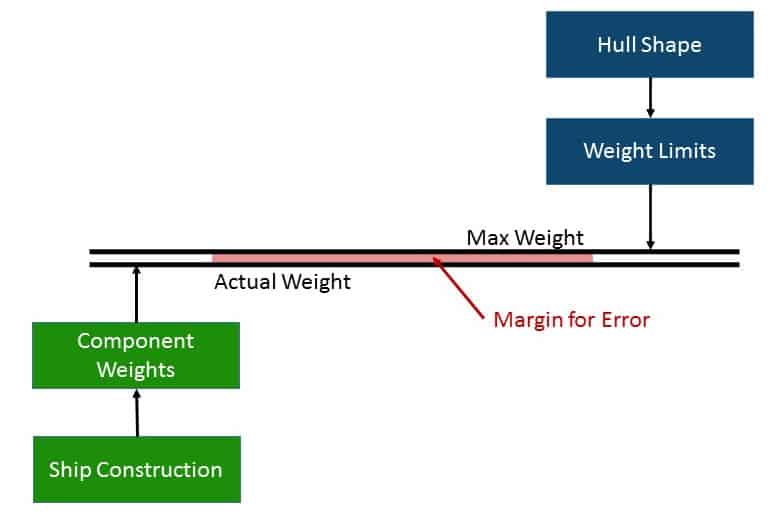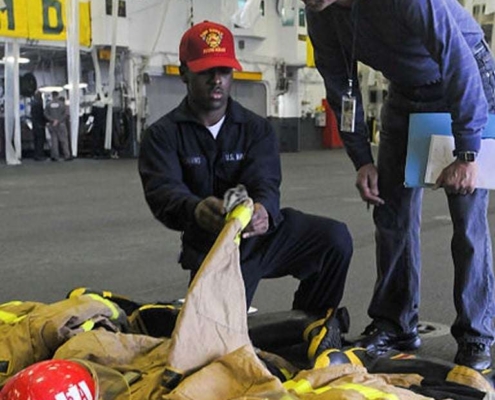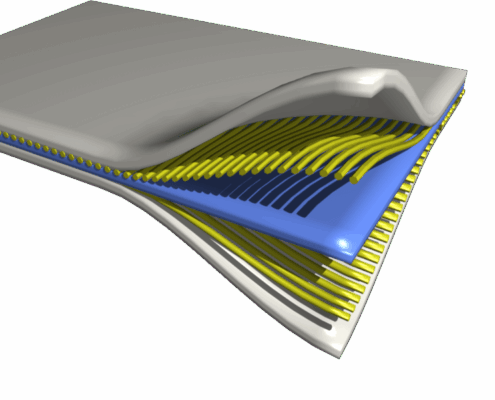BE AFRAID. To
understand weight control, we need to instinctively recognize the need for
it. I knew a passenger ship that
underwent major modifications. The owner
invested everything they had into this ship.
When it came out of the shipyard, the ship looked beautiful. And the vessel was not allowed to operate,
because improper weight control rendered the ship unstable. USCG would not allow an unstable ship to
operate. The owner had very limited
engineering solutions, since everything was already built. Even worse, they already invested their money
into a currently useless ship.
Lack of weight control can even kill a new ship. I joined project for new construction where
the owner had originally required weight control from the shipyard, which was
the right move. But the shipyard never
did their part, and the owner didn’t press the issue.
Fast forward 20 months to the end of construction. We discovered that the vessel only achieved
1/3 of its planned cargo capacity.
The ship was too heavy. Our owner
invested hundreds of millions into this ship.
Financially, they already committed to accepting that vessel. But the vessel missions were greatly
restricted, and the ship looked far less attractive as a business investment. I wouldn’t be surprised if that owner tried
to sell their new ship within the first year.
Stories like this happen more frequently than you
think. They all have a few things in
common. Weight control was ignored,
until after construction. The vessel
capabilities were seriously limited from being overweight. And very little could be done to fix the
problem after construction finished. All
the possible options were expensive, with limited effectiveness.
This emotional context is why we talk about weight
control. It isn’t about spreadsheets and
boring margins. Weight control is about
the fear of being overweight, with nothing you can do about it. That fear motivates us to control the vessel
weight.












